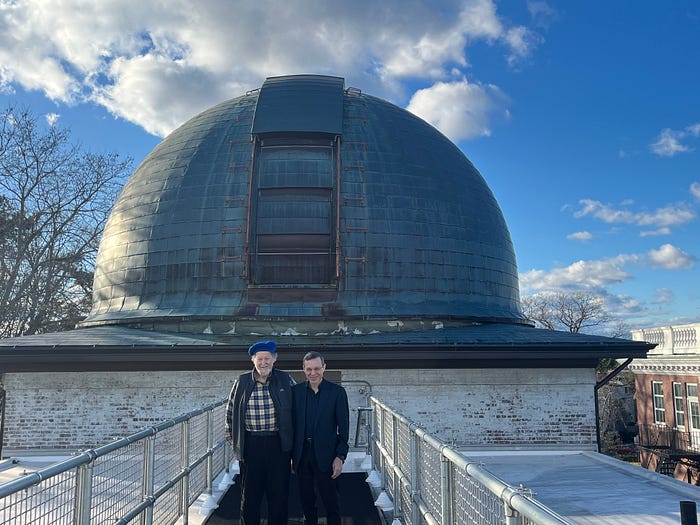
The great American sculptor Greg Wyatt was described by Professor Sir Stanley Wells, a renowned Shakespearian scholar, as follows: “I compare Wyatt to Rodin. He’s that good.” It was therefore a great honor and privilege for me to see Greg and his wife Fay stepping up to my front porch a day after Thanksgiving.
Inspired by a meteor, Greg decided to generously donate to my office at the Harvard College Observatory two original bronze sculptures of Galileo Galilei. One is a bust of Galileo’s head with a hat and a beard resembling those of Greg. The second is an artistic depiction of Galileo’s entire body swirling like a dancer and pointing towards the sky.
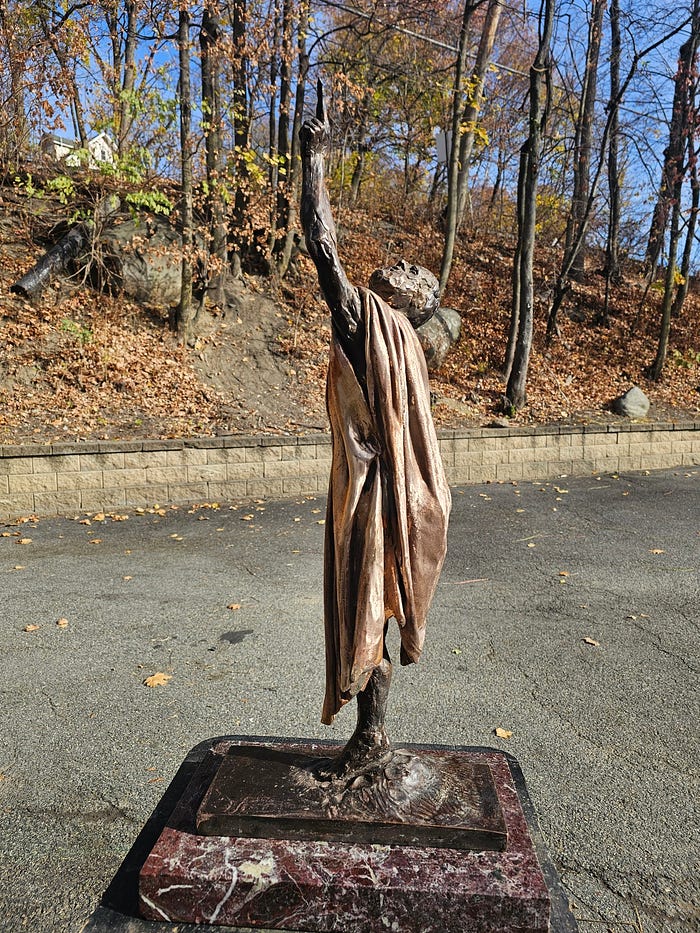

Famously, Galileo discovered the moons of Jupiter and concluded that the Earth cannot be at the center of the Universe because these moons are not orbiting around us. When I entered a room full of reporters at the Falling Walls conference in Berlin, Germany on November 10, 2018, an Italian reporter shouted from the back of the room: “Are you the new Galileo?” This was in reference to the discovery of the first interstellar object `Oumuamua, which featured a flat shape and non-gravitational acceleration, which I suggested might be evidence that we are not at the intellectual center of the Universe. This was not my first encounter with Galileo. In 2012 I was awarded a lectureship named Cattedra Galileiana at Scuola Normale Superiore in Pisa, the Italian city where Galileo conducted some of his important scientific research. And there is a third link between Galileo and my life. The name Galileo derives from the Latin “Galilaeus”, meaning “of Galilee”, a region in northern Israel, the country in which I was born.
But the real reason that Greg visited my home is the Galileo Project that I am leading in search for technological objects near Earth that were manufactured by extraterrestrial civilizations. Commissioning data on half a million objects in the sky, obtained by the first Galileo Project Observatory at Harvard, was summarized last week in a new scientific paper, which is now under peer review. The findings from the Galileo Project expedition to retrieve materials from the first interstellar meteor were published in another paper recently. Inspired by Galileo, our research team derives conclusions based on data from the sky. This derives from an underlying sense of cosmic modesty, avoiding the natural human tendency to self-importance. It took 350 for the Vatican to admit in 1992 that Galileo was correct. But when it mattered the most to him, Galileo was put in house arrest. Today he would have been cancelled on social media.
Greg explained the four stages in making bronze sculptures. First, he models the sculpture in his studio using the material of plastilina. Afterwards, the studio craftsmen create a sculpture rubber mold. The next step in the sculpture studio involves red wax being poured into the sculpture rubber mold, resulting in a red wax model. Finally, the sculpture is casted into bronze at an Independent Casting Foundry, located in Philadelphia.

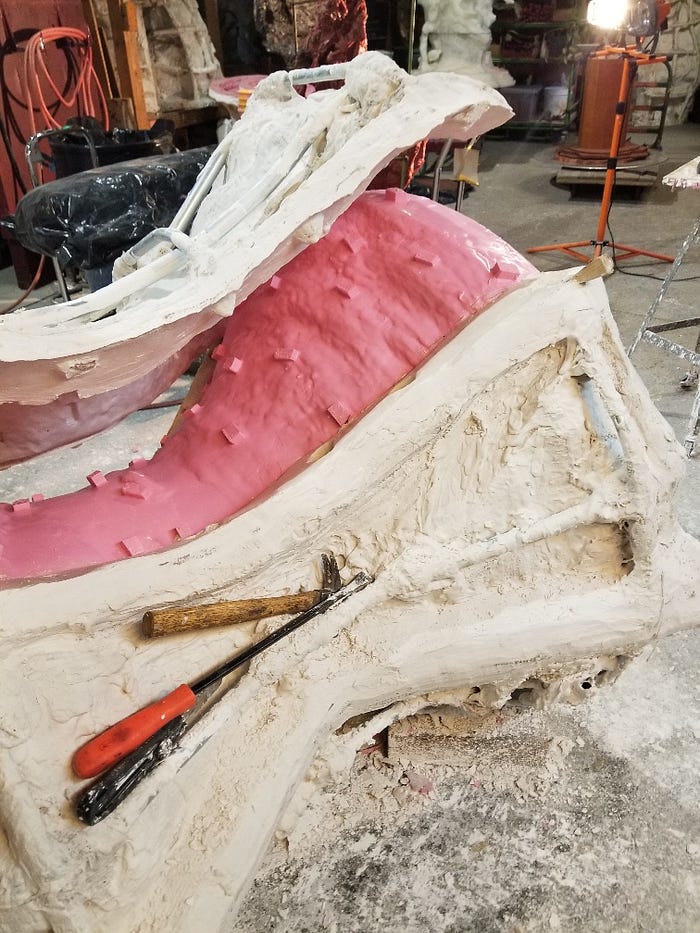
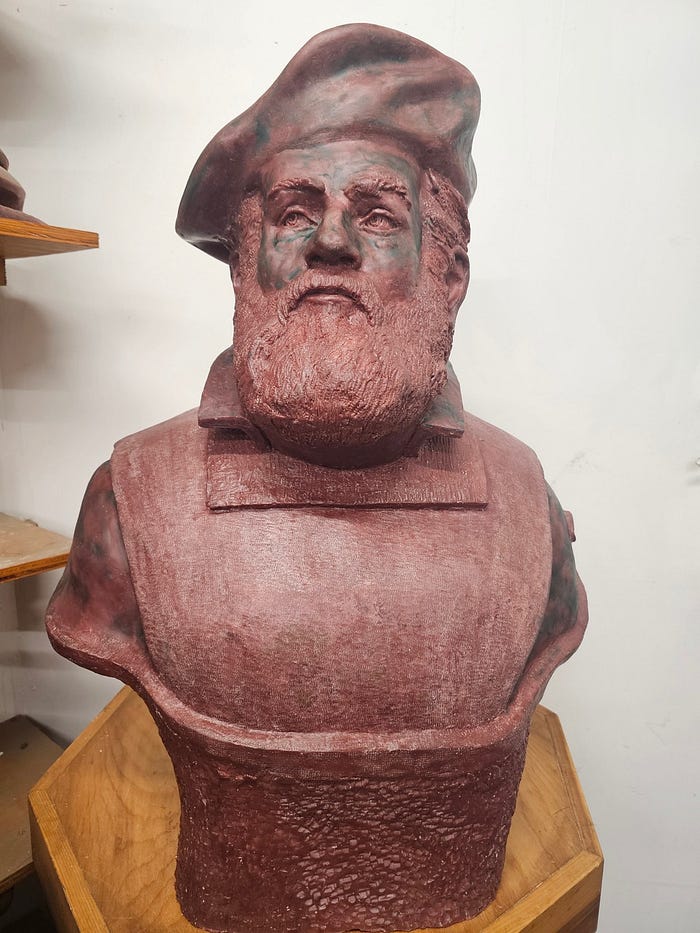
Greg explained that he makes many models to select the most successful one. This resembles the process of going through many drafts in writing a book. Fay noted that she found my writing easy to understand. I explained that because I was born on a farm, I tend to think like a common person and explain only those things that I fully understand. Greg added that sometimes, when a model is destroyed by accident, he creates an even better one. In contrast, I confessed that I get very upset if I am forced to create a new draft of my writeup as a result of a computer crash.
Greg commented that Rodin recreated over and over again his famous bronze sculpture “The Thinker.” I noted that if Rodin lived today, “The Thinker” would have held a digital screen in his hand. Most of our thoughts these days are in reaction to electronic displays.
During a recent WORLD.MINDS forum organized by the brilliant Rolf Dobelli, I asked the computational neuroscientist Klaas Enno Stephan what effects will digital screens with Artificial Intelligence (AI) have on the human brain? Klaas replied that humans are used to handling objects less smart than they are. Once the machine will become more intelligent than us, we will enter an uncharted territory of great frustration to the human brain.
For me, AI also means Alien Intelligence, the clues for which could be found by the Galileo Project in the coming years. In anticipation of such a discovery, I plan to remove file cabinets from my office to make room for the two amazingly beautiful bronze sculptures created by Greg Wyatt.
We plan to unveil Greg’s sculptures in a special ceremony at the Harvard College Observatory upon their delivery within a few months. The wine bottles for the celebration are already waiting in place. They were gifted by the Bonny Doon Winery in Santa Cruz, which produced “Cuvee `Oumuamua”, a name which according to their brochure was selected in 2018 “… in light of the recent mysterious object/visitor to our solar system, initially imagined to be some sort of asteroid, but believed by none other than the chairman of the Astronomy Department at Harvard University to possibly be a sort of probe, perhaps a solar-powered light-sail…”
ABOUT THE AUTHOR
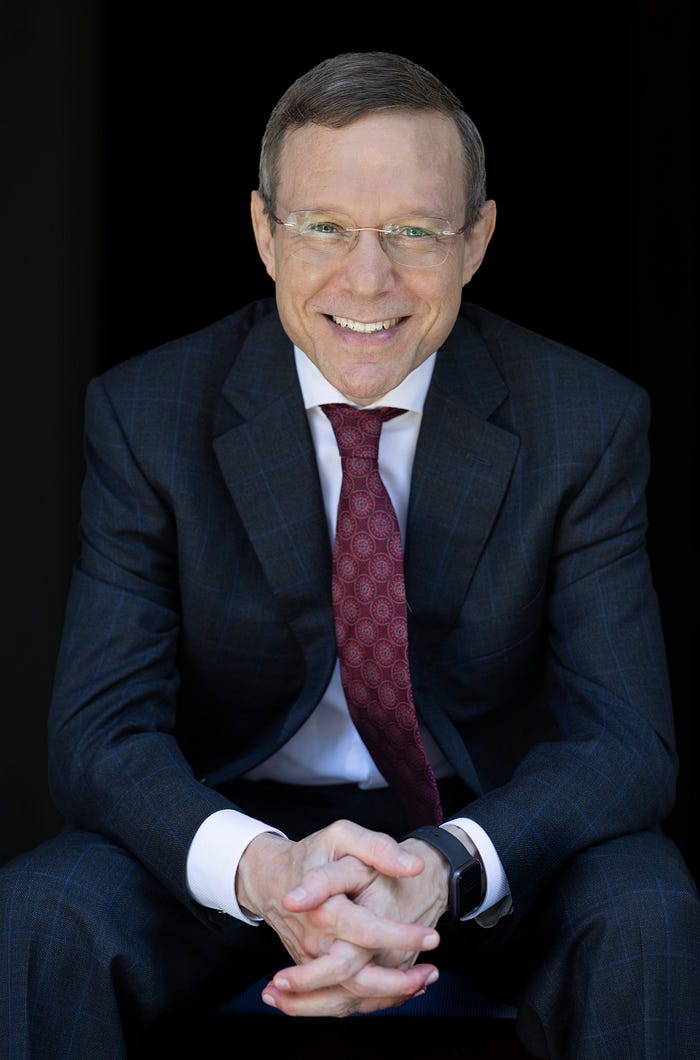
Avi Loeb is the head of the Galileo Project, founding director of Harvard University’s — Black Hole Initiative, director of the Institute for Theory and Computation at the Harvard-Smithsonian Center for Astrophysics, and the former chair of the astronomy department at Harvard University (2011–2020). He is a former member of the President’s Council of Advisors on Science and Technology and a former chair of the Board on Physics and Astronomy of the National Academies. He is the bestselling author of “Extraterrestrial: The First Sign of Intelligent Life Beyond Earth” and a co-author of the textbook “Life in the Cosmos”, both published in 2021. The paperback edition of his new book, titled “Interstellar”, was published in August 2024.
